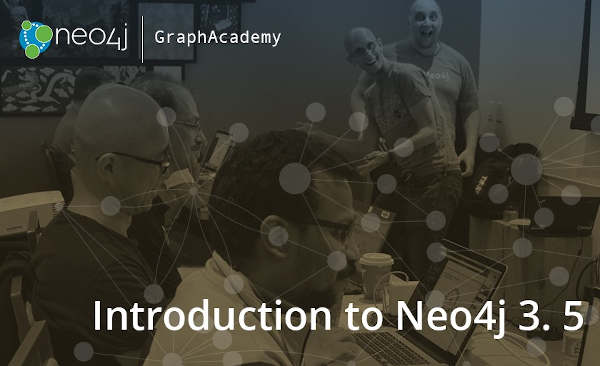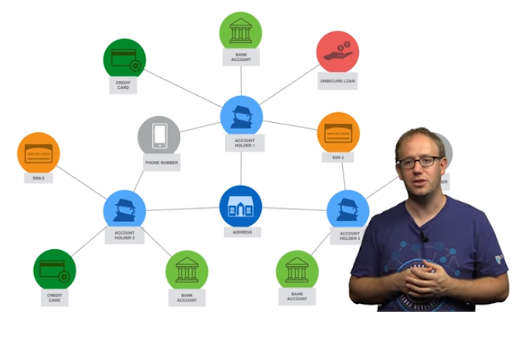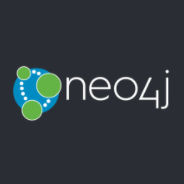| An Introduction to Neo4j |
| Written by Nikos Vaggalis | |||
| Tuesday, 03 November 2020 | |||
|
Learn about Neo4j and Cypher in less than a day with a free course that introduces you to graph databases and how to use the Cypher graph language to query and update a Neo4j database.
The next step was document databases where you could index the content of the documents so you could look up a document based on its contents too. But then the need arose to be able to find data referencing each other, hence the emergence of Graph databases. Built for use with online transaction processing (OLTP) systems, they can store relationships and connections as first-class entities and under ACID too. An intro to the basic elements of a Graph database follows, that is the nodes and the relationships, and is explained how to shift the modeling of data from relational to graphs.
The next chapters detail Neo4j's architecture and how to use its graph language, which resembles ASCII approach to performing queries. There are also instructions on how to setup a development environment by installing Neo4j Desktop, creating a Database in Neo4j Aura, or in a Neo4j Sandbox. This enables you to do the accompanying exercises:
After learning to do queries you then get to make Nodes and Relationships. The class ends with more specific Neo4j material:
And that's it! Quick and easy to follow. And you'll even get a certificate at then end if you answer the quizzes at the end of each section correctly. If you take out the Neo4j specific stuff, the course is also perfectly usable for getting into the Graph databases mindset; at least I did. Or it might even whet your appetite for more. Whatever your reason, it's a good presentation.
More InformationIntroduction to Neo4j Online Course Related ArticlesFree Database Schemas From DrawSQL Google's Cloud Spanner To Settle the Relational vs NoSQL Debate? Percona's DBMS Popularity Survey First Hybrid Open-Source RDBMS Powered By Hadoop and Spark
To be informed about new articles on I Programmer, sign up for our weekly newsletter, subscribe to the RSS feed and follow us on Twitter, Facebook or Linkedin.
Comments
or email your comment to: comments@i-programmer.info |
|||
| Last Updated ( Tuesday, 03 November 2020 ) |






